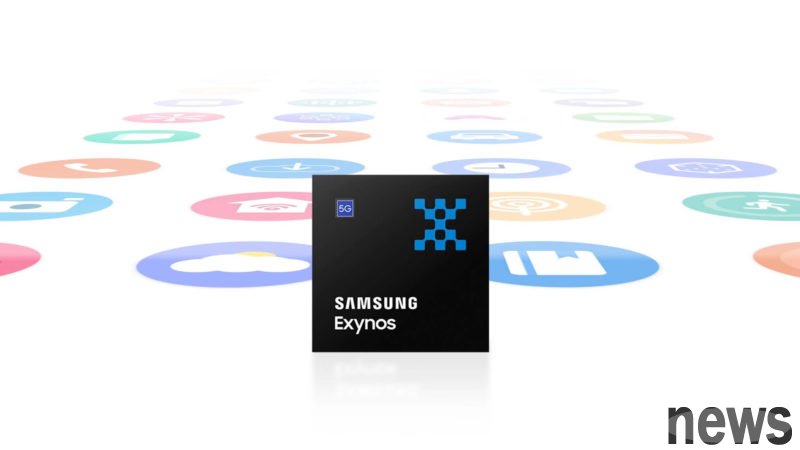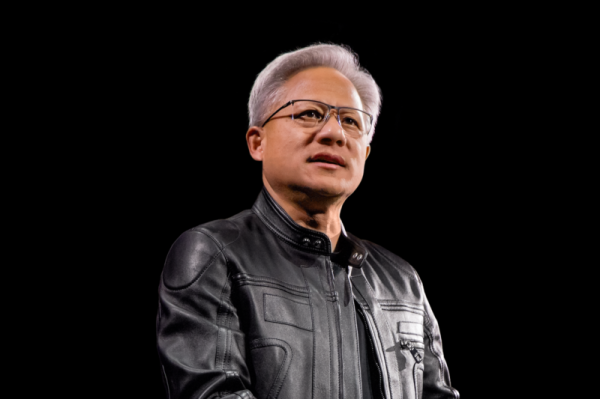Korean media: Samsung Exynos 2600 introduces new heat dissipation technology, hoping to improve overheating bottles

Samsung plans to use the new Heat Pass Block (HPB) heat dissipation technology in the next-generation flagship processor Exynos 2600 to solve long-term overheating and performance degradation problems, which will debut in the Galaxy S26 series early next year.
Exynos series has been criticized for its unstable performance and insufficient heat dissipation. Overdoing popularity will not only affect usage experience, but will also cause processor frequency reduction to drag down overall performance. According to Korean media reports, HPB technology has added a copper heat dissipation layer in chip packaging, and stacked with mobile DRAM above the SoC, and improved heat conduction and heat resistance with FOWLP (fan-out round-level packaging). The goal is to maintain stable performance under long-term high load operation.
Exynos 2600 uses Samsung 2nm GAA process, and Geekbench 6 data shows that the highest core time can reach 3.55GHz, but is still lower than the Cortex-X925 core used by the Tianhua 9400.
The industry generally has doubts about HPB technology. After Samsung has repeatedly launched new technologies with high adjustments in the past, the gap between actual performance and publicity is obvious. Even if the Exynos 2600 is launched on the Galaxy S26, if old problems such as frequency reduction and overheating occur, not only new machine sales may be hit again, but Samsung AP's chances of turning over in the high-end market will be once again covered.
Samsung To Reportedly Implement ‘Heat Pass Block’ Technology To The Upcoming Exynos 2600 To Help With Better Thermal Transfer, Avoid Overheating And Introduction Better Efficiency



